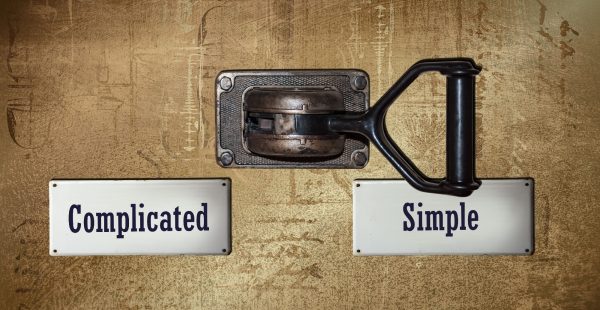Downsizer contributions – another reform

From 1 January 2023, the age at which a beneficiary can access a downsizer contribution has been reduced to age 55 (previously it was age 60 and before that 65). This change has been implemented by Treasury Laws Amendment (2022 Measures No 2) Act 2022 (No 84 of 2022).
The eligibility age for downsizer contributions refers to the age of the beneficiary of the contribution, that is, the age of the individual for whom the contribution has been made: it does not refer to the age of the individual making the contribution.
For example, Bert and Jane are married and have just sold their family home which had been registered in Bert’s name. As Jane turned age 55 on 15 January 2023, Bert can make a downsizer contribution for her. As Bert is aged 52, he cannot make a downsizer contribution for himself as he does not satisfy the eligibility age. However, if Bert was aged 56, he could make a downsizer contribution for himself.
Downsizer contributions are not subject to the non-concessional contributions cap and are not subject to a maximum age limit. Unfortunately, they are subject to other requirements, such as the contributions must be made within 90 days of the sale of the family home (or former family home), the family home (or former family home) must have been owned for 10 or more years and the total amount of downsizer contributions for any individual cannot exceed $300,000.
This change will give individuals and couples a greater period in which to downsize and transfer their wealth into the superannuation system. As well, there is no requirement to buy a replacement home within any timeframe after making a downsizer contribution.
Before making any downsizer contributions, consult with a specialist adviser to ensure that all the requirements to make the contributions are satisfied and that the benefits and negatives of making such contributions are understood.
One particular negative which must be considered is if the family home which has been sold was the current family home, then moving value from the family home into super will have an adverse impact on both the assets test and income test for the age pension. This adverse impact arises as value has been transferred from an exempt asset (for age pension purposes) into an asset which is now counted for asset test purposes, and which will be subject to income deeming for income test purposes.
One particular benefit is the work test and age limits which can affect contributions for older people do not apply. Even people over 75 who are currently prevented by the work/age test limits can make downsizer contributions.
Downsizer Contributions – background
When introduced (1 July 2018) the eligibility age for the beneficiary (that is the person for whom the contribution was made) of a Downsizer Contribution was age 65.
From 1 July 2022, the eligibility age for the beneficiary of the Downsizer Contribution was reduced from age 65 to 60.
Now the Government has proposed that the eligibility age for the beneficiary of the Downsizer Contribution be further reduced from the current age 60 to age 55.
Downsizer Contributions are superannuation contributions (capped at $300,000) which are sourced from the sale proceeds of a current or former principal residence of the individual making the contribution.
As Downsizer Contributions are not subject to the non-concessional contribution caps they can be made even if the beneficiary of the contribution has no non-concessional contribution cap space. However, Downsizer Contributions are counted for the purposes of transfer balance cap.
Downsizer contributions – other requirements
In broad terms the other conditions to meet for Downsizer contributions are:
- The downsizer contribution must be sourced – whether directly or indirectly – from the sale proceeds of an Australian located property which qualified (at any time) as a principal residence for CGT purposes of the individual making the contribution.
- Generally, the contribution must be made within 90 days of the receipt of the sale proceeds.
- The individual for whom the contribution is made must be aged 55 or more and can be made even if the individual is aged 75 or more.
- The individual making the downsizer contribution need not be age 55 or more.
Downsizer contributions – concluding thoughts on this one-time-only offer
When reviewing the downsizer contribution option, it’s worth remembering that this is a one-time-only offer for homeowners to utilise. It does not apply when selling a second home in the future or an investment property with CGT considerations.
It is one final chance for many older Australians, particularly those with low superannuation balances, to get some more benefit out of their family home.
Michael Hallinan is Special Counsel – Superannuation with Townsends Business & Corporate Lawyers












Summed up precisely
GOTCHA!!!!!!! The hide of this corrupted fool. It just goes to show the level of corruption the Industry Funds are…
I would love to hear more about this story and if the meeting was recorded?
"150-200 significant cases a year" - like the guy I used to work with who after 2 years of hearings…
NO thorough investigation was done and simply relied on severely manipulated evidence provided. This financial planner thoroughly investigated the case…